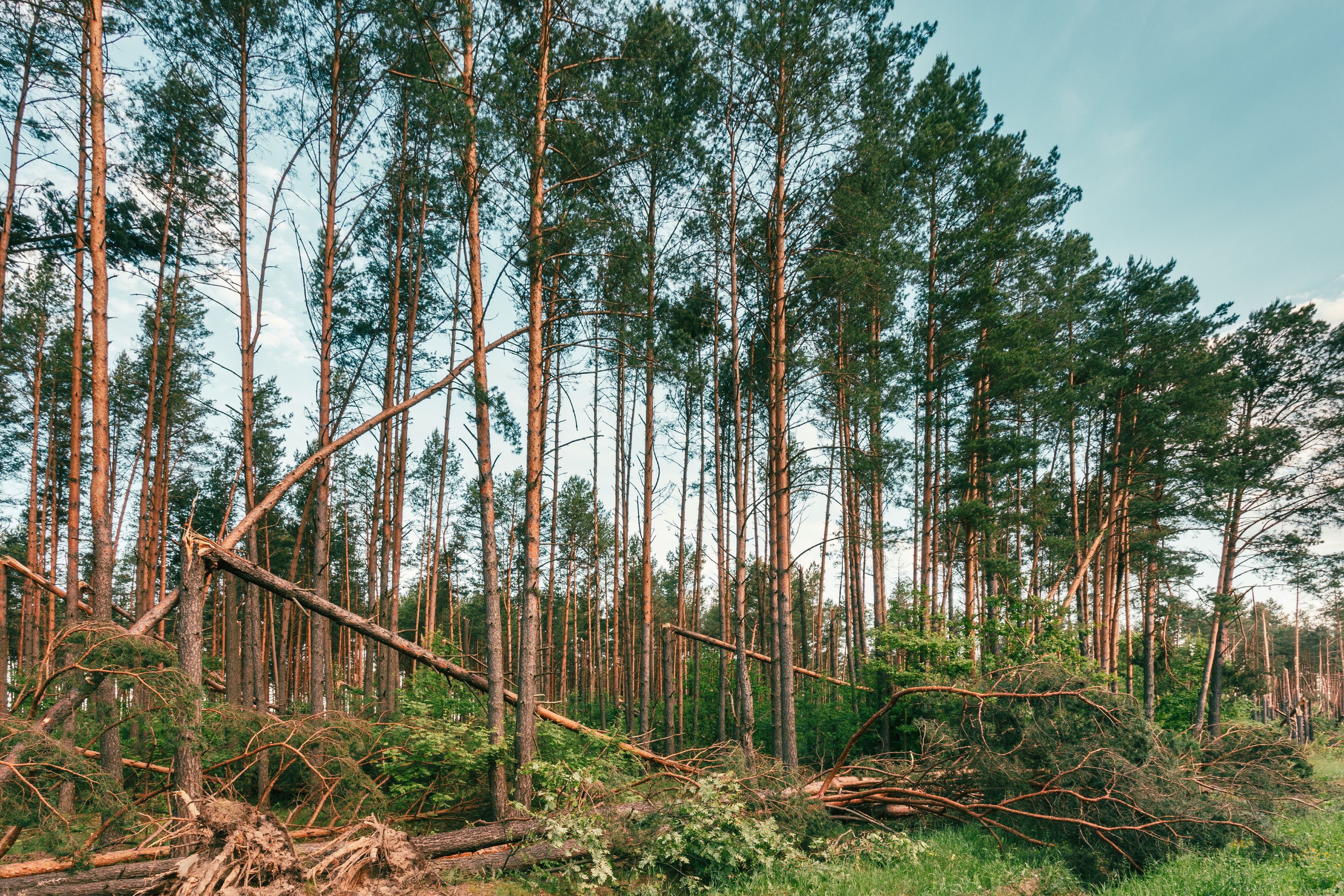The 4Growth Foresight Module, developed by foresight experts Future Impacts, continues to provide expansive and structured pictures of the future of how digitalisation may evolve in European agriculture and forestry.
Building on our previous exploration of the Reimagining Progress scenario, which envisioned a sustainability-led transformation, we now turn to the second of three alternative long-term scenarios: ‘The Fractured Continent’. This scenario highlights the risks of fragmentation and inequality across Europe, shedding light on how diverging governance models and socio-economic divides can hinder the full potential of digital and data-driven innovation in agri-forestry systems.
By 2040, innovation continues to advance, but undercurrents of fragmentation and socio-political polarisation limit its reach and resilience. In this scenario:

In 2040, digital agriculture and forestry in Europe face challenges from political fragmentation and uneven technology access. While some regions adopt AI-driven farming and precision forestry, others lack the infrastructure, funding, and expertise to do the same, leaving rural and disadvantaged areas behind.
We are in a world of unequal access to digital tools and infrastructure while the agriculture and forestry system is under climate stress and needs to innovate its practices and approaches to increasingly harsh environmental conditions. Extreme weather volatility disrupts food and forestry stability. Uncoordinated digital monitoring and lack of cohesive data-sharing across Europe and beyond of large-scale weather, pests and disease threats across countries and continents lead to gaps in catastrophe prediction and crisis prevention. This results in deforestation and temporary food shortages. Geopolitical conflict over food, water and arable land flares up in crises. In addition, private hedge funds speculate on resource availability in high-frequency spot markets, driving price volatility, increasing income insecurity for farmers and foresters, and making resources temporarily unaffordable for many. In addition, cyber-attacks and AI-driven geopolitical competition disrupt digital agriculture and affect food security and supply chains.

Large agribusinesses and forestry businesses thrive on digital precision farming and forestry, particularly in better-off parts of the EU. At the same time, smallholder farmers and poorer regions struggle with outdated technologies and lack the knowledge to adapt to climate change impacts. Joint EU projects such as the Copernicus remote sensing satellites for environmental data are severely underfunded, resulting in the need to sell their data insights at a high cost that only a few highly successful businesses can afford. Digital oligopolisation intensifies inequalities as big agricultural and forestry businesses own AI-powered tools and knowledge, sidelining smallholders. Wealthier regions advance, while poorer areas fall further behind, deepening the digital divide and worsening inequalities.
There is high pressure to increase the productivity of agriculture and forestry to substitute foreign resource imports through a circular bioeconomy, for instance, for bioenergy generation or construction. However, global (resource) trade still plays an important role but is less reliable, as regular disruptions impact supply chains. Short-term productivity gains take precedence over sustainability: Digitally enhanced industrial agriculture in large agribusinesses and intensive low-tech farming by smallholder farmers lead to accelerated soil degradation, biodiversity loss and climate vulnerability. Environmental health is suffering, increasing the vulnerability of the arable land. On top of that, nationalist tensions discourage labour migrants from moving to other places for work, affecting seasonal work-intensive planting and harvesting phases in agriculture and forestry. Automation is only available for large farms. Skill shortages and ageing populations are especially straining smallholder farmers and foresters, who increasingly seek to shift to less work-intensive farm and forest production or introduce production forms where consumers contribute to work-intensive steps (like co-production in planting and harvesting).
Data-driven approaches to land use remain underutilised as policies focus on short-term profits. The lack of coordinated EU digital policies leads to fragmented regulations and agricultural and forestry data standards; it creates interoperability issues, hindering the effective deployment of digital tools. Technology integration remains inconsistent without standardised policies and cross-border cooperation, preventing a unified response to climate change and resource scarcity. Fraudulent labelling, greenwashing and illegal resource extraction are widespread.
‘The Fractured Continent’ illustrates what can happen when digital and ecological ambitions are not matched by inclusive governance and coordinated investment. It paints a picture of uneven digitalisation, deepening inequality, and short-term policy thinking that risks compounding climate and food system shocks.
By analysing this scenario, 4Growth provides a strategic lens for identifying vulnerabilities and anticipating future needs. It urges policymakers and stakeholders to recognise the critical role of shared frameworks, inclusive innovation, and cross-border collaboration in ensuring that digital agriculture and forestry serve all regions, especially under growing environmental pressure.
In the next and final scenario blog, we will examine ‘The Corporate Epoch’, a future where corporate influence dominates technological development and data governance across Europe’s agricultural and forestry systems.